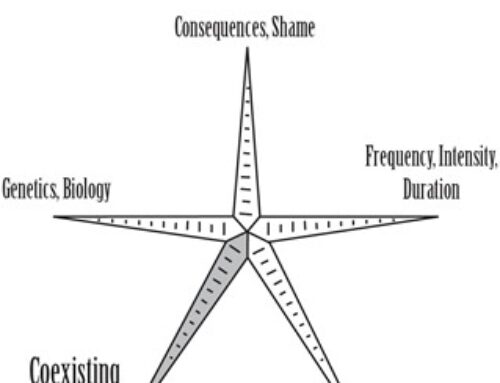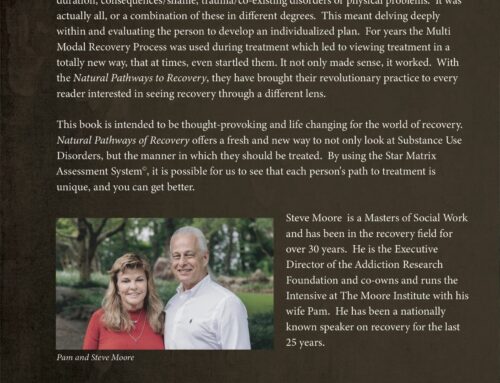It’s easy to understand why it happened. For the first time, there seemed to be a solution for a seemingly hopeless condition (alcoholism). There were many of us whose lives were saved and there just wasn’t another plan that offered any real hope. Punishment and incarceration had not worked. At least with the 12-step program there was a plan that would work…if you worked it. The only problem with this solution was compliance. Since it worked if you worked it, we needed to find ways to get people to work the program. How great the temptation to apply whatever leverage one could find to promote compliance and thus provide sobriety and relief for all.
And thus began the massive move toward diversion programs. If a person was found to have a problem with alcohol (or drugs), they would not be punished within the system. Instead the system would mandate compliance with “the program” in order to avoid sanctions or punishment. The great hope was that we would avoid the failures of punishment that did not produce a solution and promote compliance that would. At almost the same point in history, the for-profit treatment industry began to proliferate and mostly for the same good reasons, began to insist that everyone should go to AA (or other 12 step programs). Treatment centers did not suggest 12 steps. Attendance was a requirement for successful completion of a program that was often required by outside pressures. Vans loaded with newcomers began to arrive at all 12 step meetings followed by forms that needed to be signed to document compliance with attendance. It was not unusual (and still isn’t) for a person to be required to go to meetings, get a sponsor, and work the first three steps in order to get a successful discharge from a treatment program. All this mandated attendance was done with the same great hope: If it had worked for those who wanted it, maybe it would work for those who were required to do it.
By the mid-1980s, many professional licensing boards, drug courts and almost the entire for-profit drug treatment industry were requiring mandatory attendance and compliance with a 12 step program. This resulted in a flood of new people who came into the meeting rooms not because they wanted what was there, but instead because they required to be there. Some of those people found their own personal recovery after being forced to attend in the beginning. However, many did not.
Alcoholics Anonymous has been keeping their own membership data for a long time. It starts with a membership of 2 in 1935 and shows continual growth over a long period of time. Membership grew steadily until 1990. The same data shows that membership has been flat since that time. It can not be stated conclusively that mandatory referral to a voluntary program has resulted in a negative growth rate since 1990. We can say that it happened at the same time.
The intentions were good. We wanted to help people instead of punishing them. But leveraged compliance comes with side effects. We may have decreased the safety and effectiveness of a program that has always been intended, not for those who need it, but for those who want it. We also may have done a disservice to those people who were required to attend and turned of by being forced to go. Maybe they would have found it more effective if they came upon it later. I know people who are grateful that they were required to go to 12 step meetings. Many have said, I never would have gone on my own and now I am glad I was made to go. The success stories are there, but so are the massive failures. The 12 Steps do work for many. Offer it. Suggest it. Teach it. Encourage it. But let’s stop sending people to AA.






